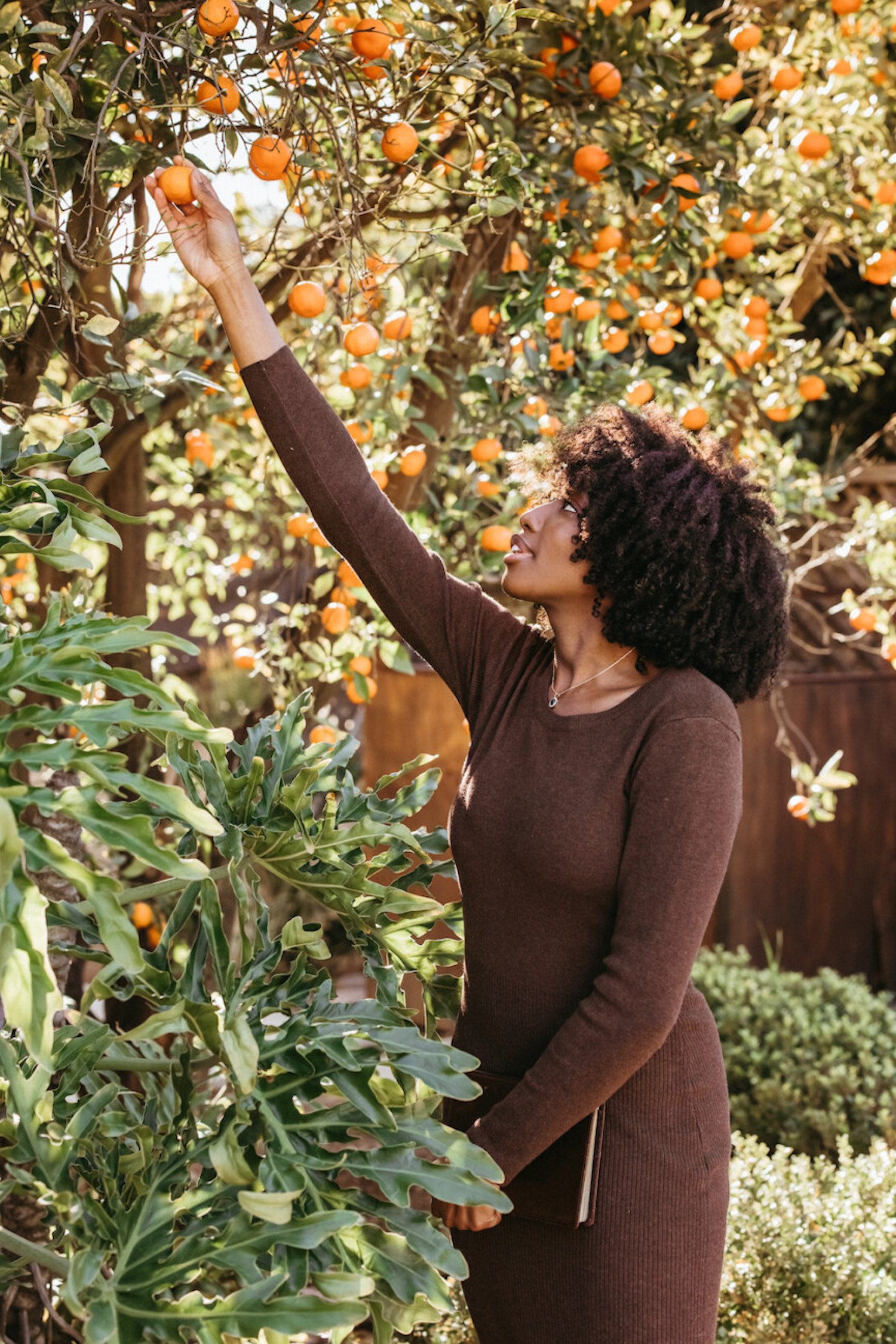How Singapore forged a world-class food scene over 60 years – from hawker markets to Michelin stars
Six decades after Singapore’s founding, Tamara Hinson discovers how to feast on local flavours
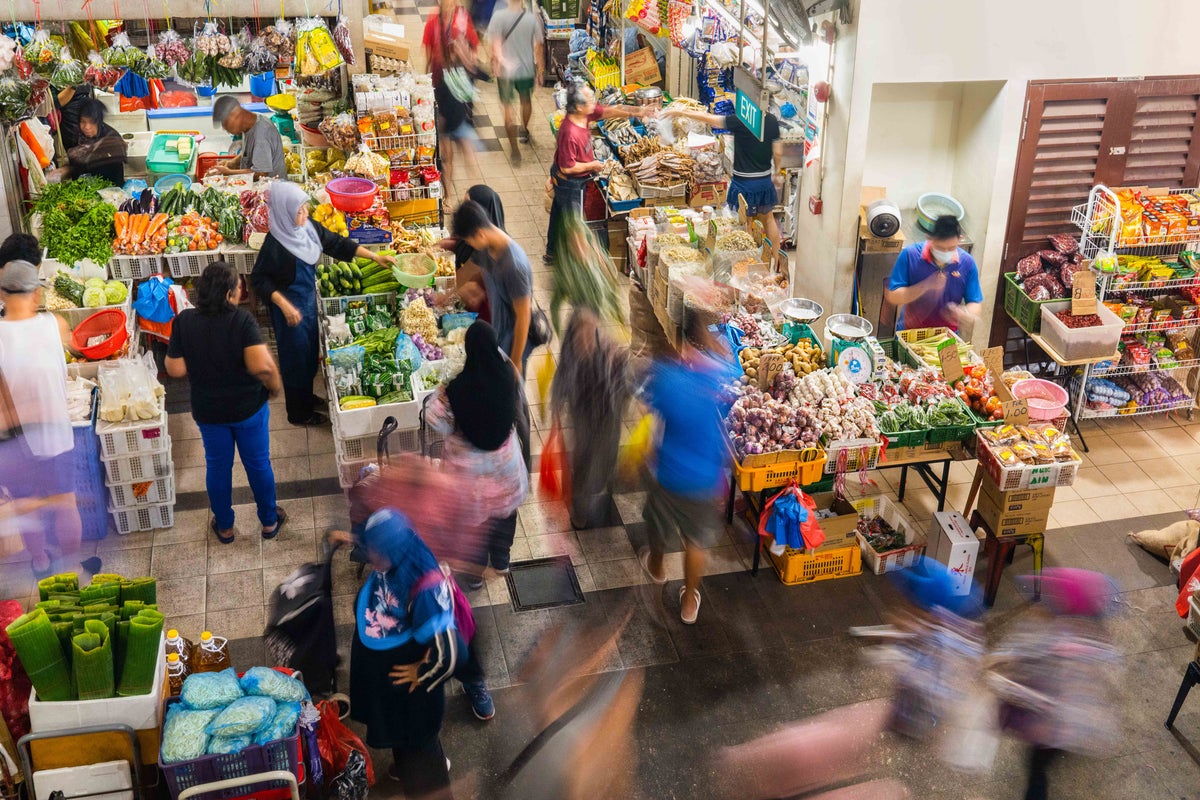
It’s a hot sticky evening in Singapore, and I’m halfway through ordering a serving of nasi goreng at the Maxwell Food Centre when my stomach lurches. Not with hunger, but with the realisation that I’ve neglected to secure my favourite table by placing the obligatory calling card in its centre – a practice known as choping.
Head to any hawker centre – the satay-scented, Unesco-listed food halls where locals queue alongside tourists to feast on delicacies such as chicken fried rice served by Michelin-listed vendors - and you’ll notice packets of tissues on empty tables. No, this isn’t litter (this is super-clean Singapore, after all), but a polite way of showing other customers that a table has been taken. As a keen choper myself, I’ve loved watching the ritual’s evolution – when in Singapore, I now often see customers substitute a packet of tissues with an iPhone or a laptop (not something I’d recommend doing in many other cities).
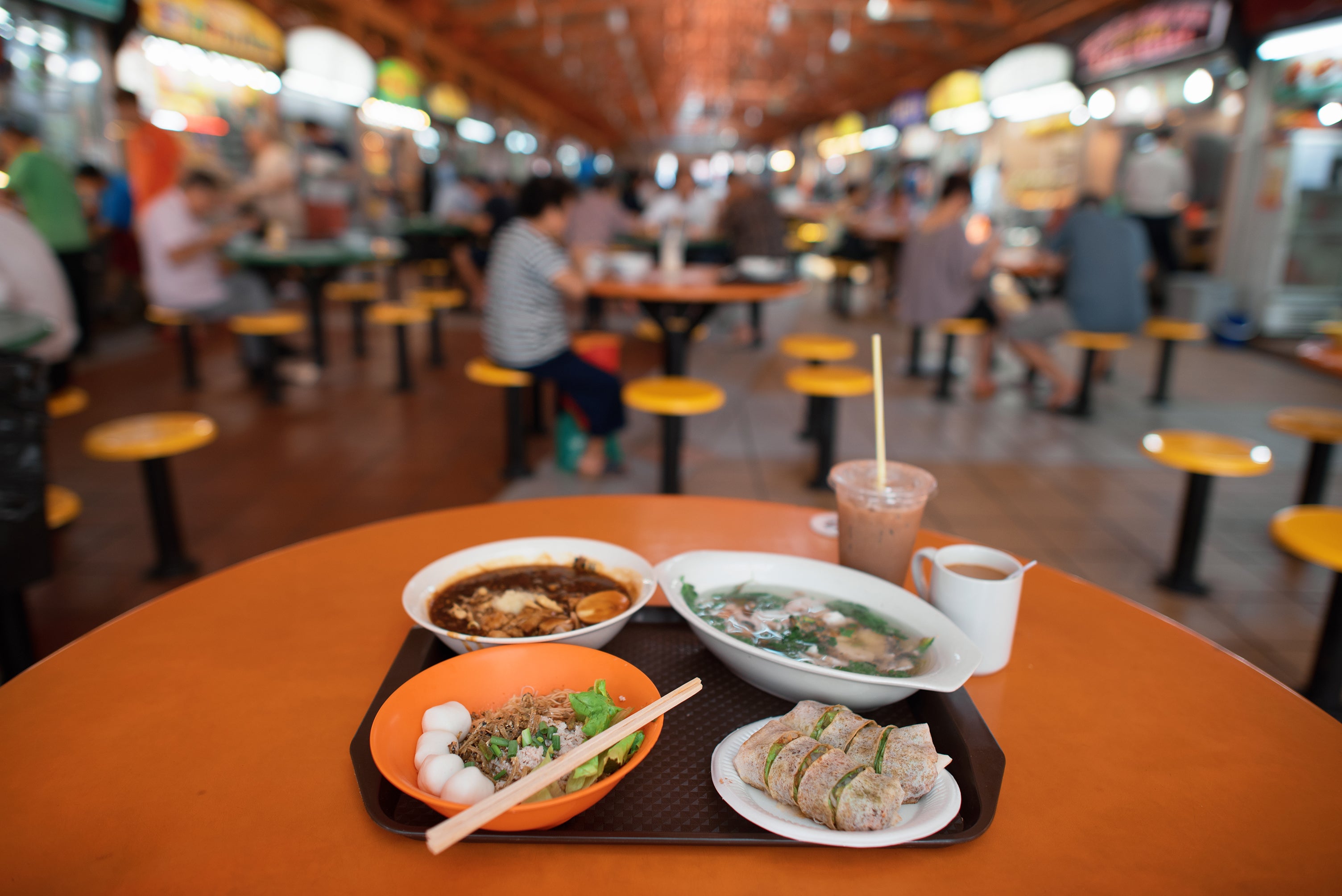
Read more: Embracing island life in Singapore, from bamboo bats to tiny houses
Further proof of both the practice’s cultural significance and the diversity of Singapore’s food scene can be found at Labyrinth, a Michelin-starred restaurant which put Singaporean cuisine on the map when it opened in 2014. Founder and head chef LG Han’s inspiration is the dishes he ate as a child (my favourite aspect of the decor is his grandmother’s pots and pans, arranged artfully on the walls) and the hawker centres he’d hang out in. One of his tasting menu courses, Memories of Newton Food Centre, is served on a circular wooden board designed to resemble hawker centre tables, complete with printed guidance relating to the correct disposal of plates and cutlery. And I’m fairly sure Labyrinth is the only Michelin-starred restaurant I’ve been to that swaps serviettes for a packet of tissues – in this case, a Labyrinth-branded pack which pays homage to choping.
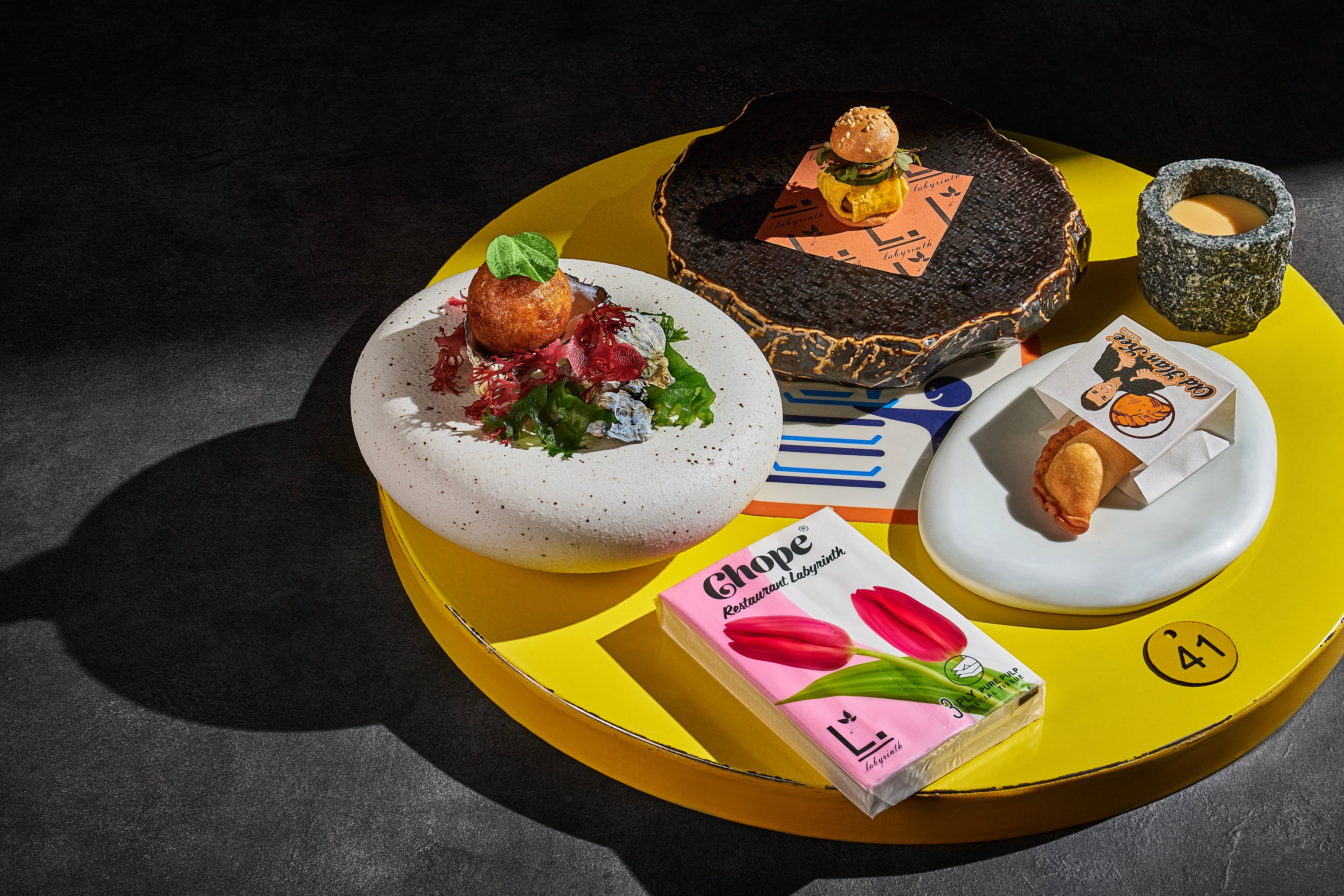
Some 60 years after Singapore was founded, the country’s food scene has diversified and evolved – a transformation led partly by chefs such as LG Han and Malcolm Lee, the head chef and owner of Candlenut, the world’s first Michelin-starred restaurant specialising in Peranakan cuisine, which is a delicious fusion of Chinese, Malay and Indonesian influences. Yes, Singaporeans still love feasting on black cod miso at the Four Seasons Singapore’s Nobu restaurant or upgrading their Insta at Odette, a Michelin-starred restaurant at the National Gallery Singapore, but there’s a growing appetite for homegrown ingredients as well as homegrown heroes.
Read more: How Mexico City’s humble taco went from market stall to Michelin star
Partial to a sugar fix? Head over to Holland Village’s 2am Dessert Bar, founded by Singaporean pastry chef Janice Wong. My personal highlights include the matcha basque cheesecake, made with yuzu calamansi gel and black sesame, and shades of green, which comprises a pistachio sponge, pandan ice cream and coconut foam. Every dessert has a wine or cocktail pairing suggestion, which is how I discovered hibiscus gin (more specifically, the 2am Dessert Bar’s rosella cocktail) goes exceptionally well with tiramisu.
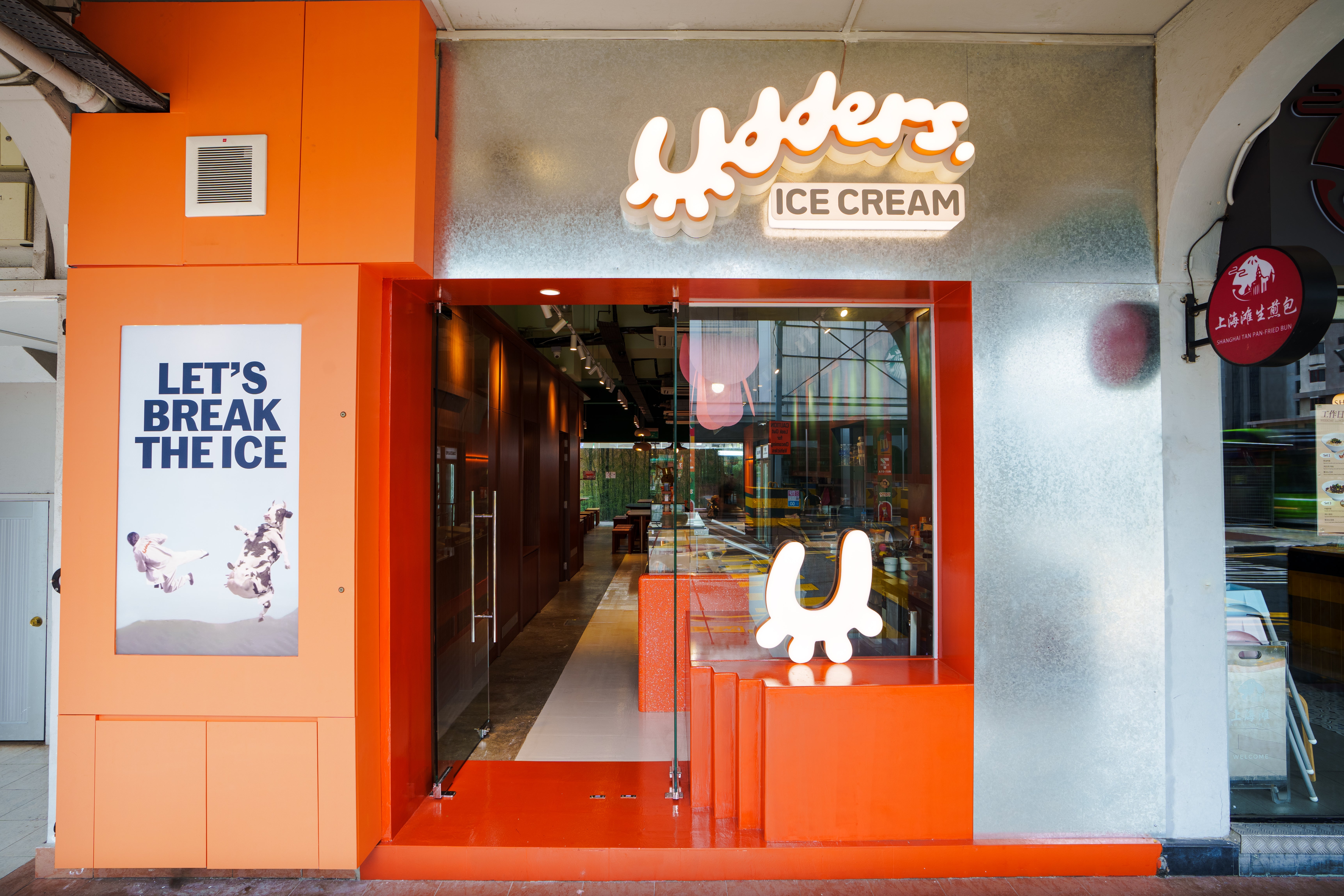
There’s also a huge passion for innovation in Singapore. My go-to ice cream spot in Singapore is a concession of Udders, founded by Singaporeans David and Peck Lin, who wanted to create a brand which championed local flavours. And while their French vanilla ice cream ranks as one of my favourites, my first choice will always be the Kueh Salat ice cream, inspired by the glutinous rice desserts beloved by Singaporeans. Last time I stopped by, I bit the bullet and tried their legendary Mao Shan Wang flavour, made with durians with such an infamously pungent odour that the ice cream needs to be stored in its very own freezer. Somehow the durian’s notes of caramel and almond (which I’ve been assured exist, but which I’ve never been able to detect until now) seem more pronounced. Dare I say it, enjoyable. I’ve since discovered it pairs rather well with the durian beer produced by Singaporean craft brewers 1925 Brewing Co (which smells strongly of durian but tastes delicious and also goes especially well with nasi lemak).
Read more: Top bakery destinations around the world and which treat to eat
My top tip for Singapore-bound foodies? Don’t make the mistake of thinking you need to venture off the beaten path to experience local flavours. If the durian afternoon tea served by the Goodwood Park Hotel near Orchard Road is a step too far for a deep dive into local flavours, consider heading over to the Pan Pacific Singapore, famous for afternoon teas which honour local delicacies. Highlights of their current afternoon tea, served in the beautiful Pacific Emporium, include a Singapore chilli crab bun, a salted egg yolk yam puff and coconut bandung (a condensed milk-based drink).
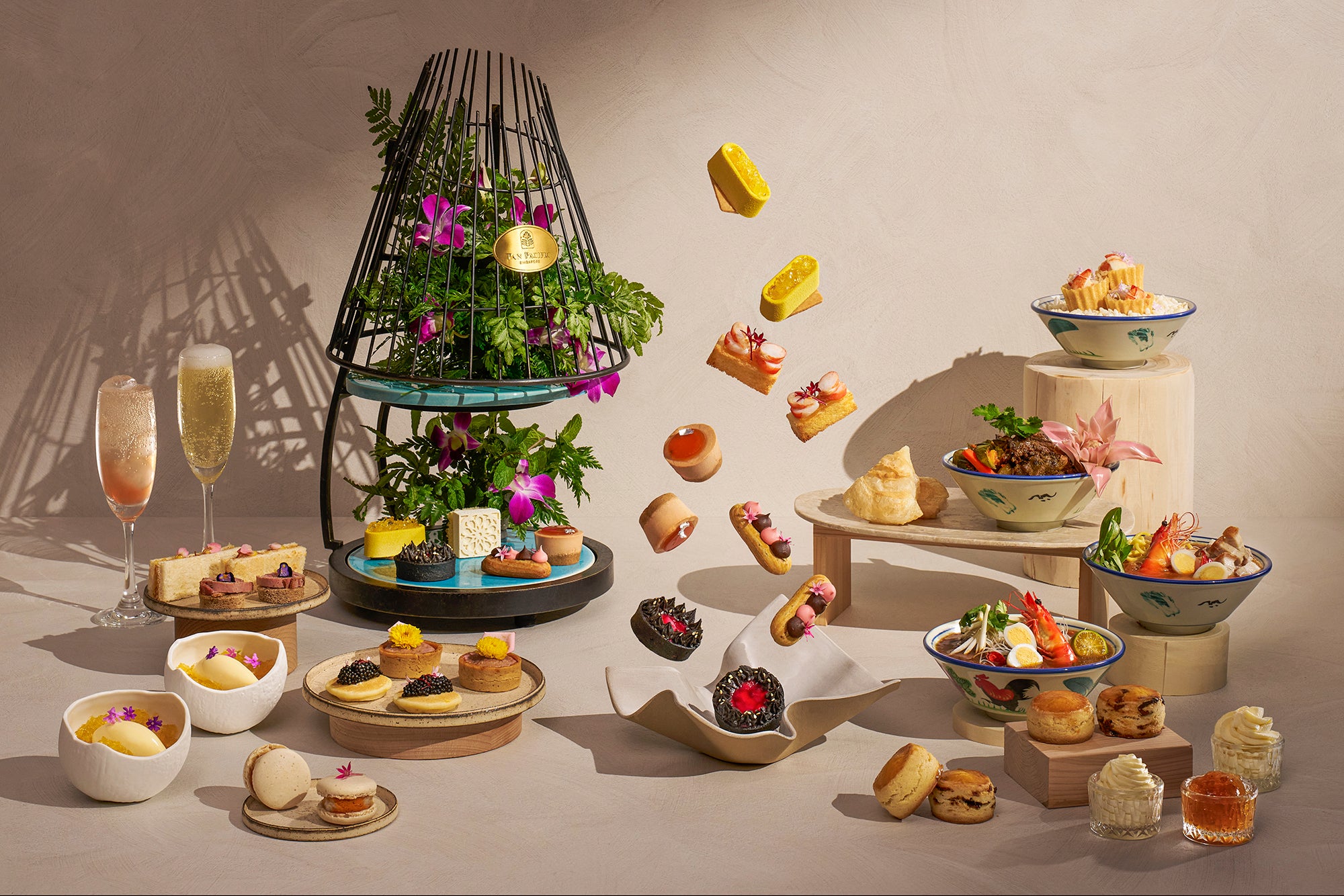
And for definitive proof of Singapore’s evolution? It’s got to be Geylang, a former red light district which is now home to Singapore’s Malay community. Known for the durian sellers who flog their famously stinky wares from street stalls in the shadow of peeling art deco buildings from the 1930s, it’s become one of my favourite foodie spots. At its heart is the Geylang Serai Market and Food Centre. Explore Singapore’s largest wet market first thing, when locals come here to haggle over still-twitching fish plucked from the South China Sea hours earlier, before heading upstairs to the food court – try the pisang goreng (banana fritters) or asam pedas (a spicy seafood stew). Suddenly, Nobu’s black cod miso looks rather plain.
How to get there
British Airways flies direct to Singapore. Flight time is around 13 hours 15 minutes.
Where to stay
Rooms at the YOTEL Singapore Orchard Road, on the heart of Orchard Road, come with spectacular city views courtesy of floor-to-ceiling windows, and there’s a gorgeous rooftop pool, too.
Read more: The best things to do in Singapore

 Kass
Kass 








